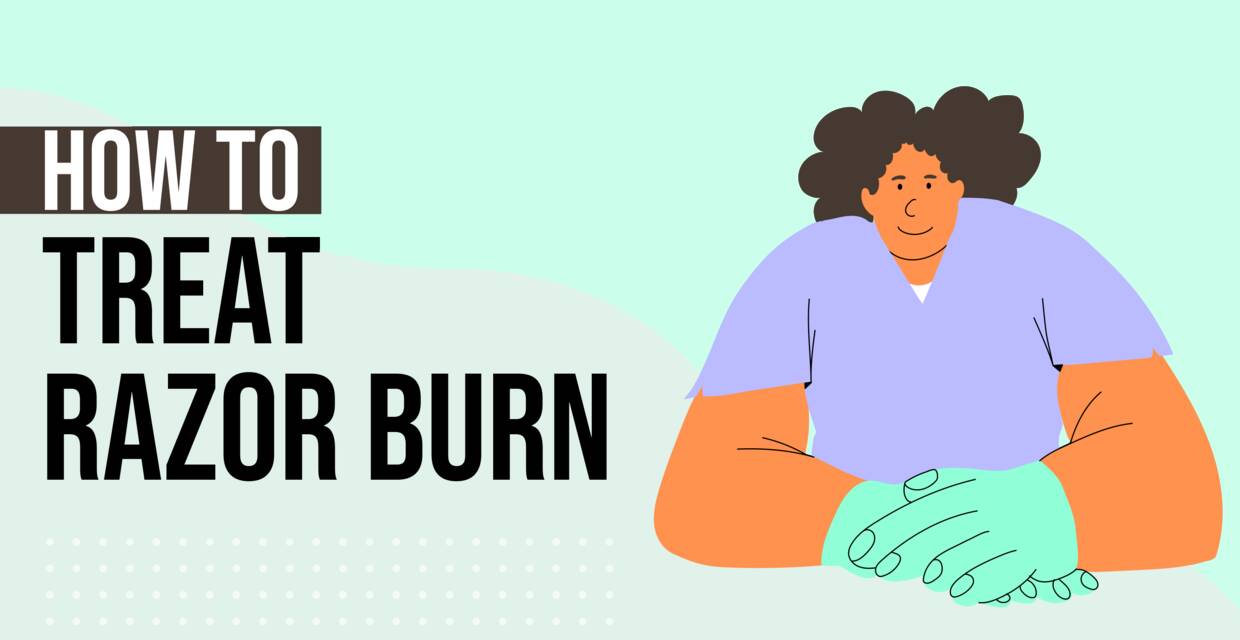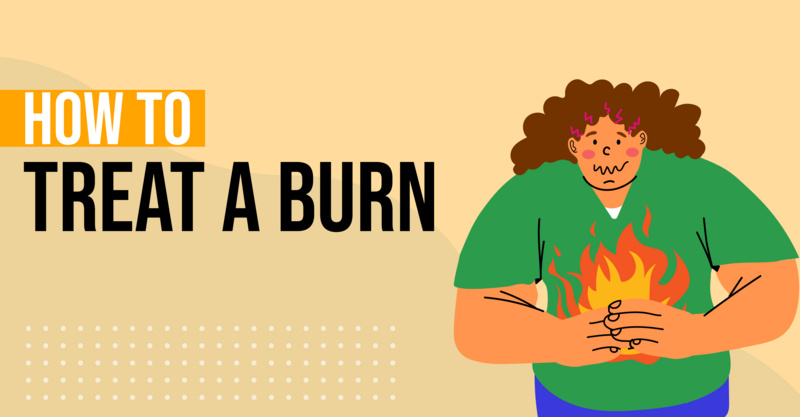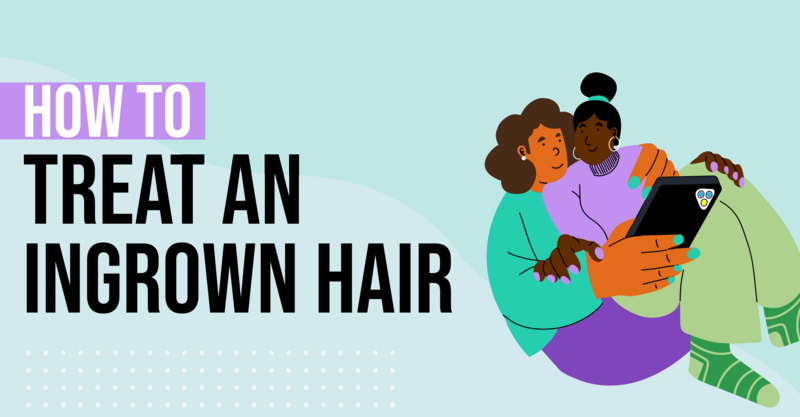Key Points
- Razor burn, a common problem after shaving, can be more prevalent in people with sensitive skin or those who use dull blades or insufficient shaving cream.
- Home remedies for razor burn include applying a cold compress, using natural astringents, moisturizing with natural oils, soothing with aloe vera, and bathing with oatmeal, Epsom salts, or baking soda.
- If razor burn persists for weeks, disrupts daily activities, or shows signs of skin infection, it's advised to seek medical attention.
- Prevention methods for razor burn involve proper shaving techniques, such as shaving after showering, using ample shaving cream or gel, exfoliating regularly, using a high-quality razor, and shaving in the direction of hair growth.
- Additional prevention tips include rinsing the razor after each stroke, cleaning and drying it after use, rinsing freshly shaven skin with cold water, moisturizing immediately after shaving, and avoiding tight clothing post-shave.
Most of us love the feel of a fresh shave—what we don’t love is the pesky red bumps and skin that feels like it’s been rubbed raw. Razor burn is common for both men and women according to Healthline—and can be even worse if you shave with a dull blade or don’t use enough shaving cream. People with sensitive skin are also more prone to experience razor burn, they note.
Since razor burn can sometimes mimic the look of other types of rashes, you may be wondering if that’s what you’re dealing with. Consider these symptoms listed by WebMD:
What are the Symptoms of Razor Burn?
- Redness areas over recently shaved skin
- Itching
- Stinging
Home Remedies For Razor Burn
Razor burn can be irritating and even unsightly in some cases—so we scoured the internet for recommendations on how to clear it up quickly. Here’s what we found:
1. Use a Cold Compress
Applying a cold compress to the affected area is the most recommended home remedy for razor burn. Multiple sources, including Healthline, note that this can help reduce inflammation of the hair follicle (i.e. those tiny red bumps) and soothe the burning feeling. If you don’t have an ice pack handy, try wrapping a few ice cubes in a clean, damp cloth and then placing it over the razor-burned area for 10-15 minutes.
2. Try an Astringent, like Witch Hazel or Apple Cider Vinegar
Applying astringent liquids can help reduce inflammation and soothe the skin, according to Medical News Today. Use a cotton ball to gently dab either of these natural astringents onto the affected skin.
3. Moisturize with Natural Oils
Natural oils (such as coconut oil or vitamin E oil) can help moisturize the skin and reduce inflammation of the hair follicles, according to Headline. They recommend that you massage a small amount of oil into the areas you most often get razor burn, shortly after shaving to get the most benefits.
4. Soothe Your Skin With Aloe Vera
Aloe vera is another natural anti-inflammatory that can help soothe irritated skin and reduce redness, according to Medical News Today. You can apply it just as you would lotion after shaving.
5. Use Oatmeal, Epsom Salts, Or Baking Soda in Your Bath
You can soothe irritated skin and reduce inflammation of hair follicles by soaking in a warm bath with oatmeal, Epsom salts, or baking soda according to WebMD (note: you don’t need to use all of these at the same time—try them all one at a time to see what works best for you!). Simply add a cup of any of these additives to your bath and soak for 15-20 minutes.
6. Keep Your Skin Well Moisturized
Keeping your skin moisturized can help prevent razor burns and soothe the skin, according to WebMD. They recommend that you try a moisturizer that is free of fragrances or formulated for sensitive skin.
7. Use Tea Tree Oil
Tea tree oil can be used for skin irritation, according to Healthline. They note that some research has found that tea tree oil has anti-inflammatory and antimicrobial properties which make it a great choice for minor burns like razor burn. They recommend that you dilute tea tree oil with a carrier oil (like coconut oil) at a ratio of 3 drops tea tree to 1 teaspoon carrier oil. Also, use this mixture on a small area to ensure you don’t have an adverse reaction before applying it to a larger area of your skin.
8. Use Hydrocortisone Cream
If your razor burn is particularly severe, you may want to try using a hydrocortisone cream according to Healthline. They say that this can help reduce inflammation and soothe the skin in particularly bad cases of razor burn.
Should you see a Doctor for Razor Burn?
Razor burn is rarely serious, according to WebMD, however, there are rare cases when you should consult your doctor. They recommend seeing a healthcare provider if:
- Your razor burn causes you to lose sleep or keeps you from doing your usual daily activities
- Your razor burn continues for weeks
- You have any signs of a skin infection (such as red streaks and weeping wounds)
How to Prevent Razor Burn
The best way to prevent razor burn is by using good shaving techniques. Medical News Today offers these tips:
- Shave after showering, when your hair is softest
- Always use liberal amounts of shaving cream or gel
- Exfoliate your skin regularly
- Choose a high-quality razor
- Ensure that your razor blades are clean (free from debris such as a buildup of soap or hair), rust-free, and not dull before shaving
- Shave in the direction of the hair growth, rather than against it
- Use light and short strokes, and try to avoid going over the same place too much
- Take your time shaving
- Rinse your razor blade after every stroke
- Clean and dry your razor after every use to reduce the risk of bacterial growth (using rubbing alcohol can disinfect the blades)
- Rinse freshly shaven skin with cold water and moisturize right away with a gentle lotion, oil, gel, or cream. Avoid products that contain fragrances or alcohol
- Avoid wearing tight clothing or tight underwear after shaving, as this can irritate newly shaved skin
Summary
Razor burn is common for both men and women. It often involves patches of red, bumpy, and irritated skin that may feel like a minor burn. Using good shaving techniques can help prevent razor burn, but if you find yourself dealing with it, these home remedies can help:
- Cold compress
- Astringents like witch hazel, or apple cider vinegar
- Tea tree oil mixed with coconut oil
- Aloe vera
- Baths with oatmeal, baking soda, or Epsom salt
- Fragrance-free moisturizer
- Hydrocortisone cream
Frequently asked questions
What is razor burn?
Razor burn is a common skin issue characterized by red, itchy, and stinging skin after shaving.Who is more prone to razor burn?
People with sensitive skin or those who use dull blades or insufficient shaving cream are more prone to razor burn.What are some home remedies for razor burn?
Home remedies include applying a cold compress, using natural astringents like witch hazel or apple cider vinegar, moisturizing with natural oils, soothing the skin with aloe vera, and taking baths with oatmeal, Epsom salts, or baking soda.When should I consult a healthcare provider for razor burn?
If your razor burn persists for weeks, causes sleep loss or daily activity disruption, or shows signs of skin infection, you should consult a healthcare provider.How can I prevent razor burn?
Prevention methods include proper shaving techniques, such as shaving after showering, using ample shaving cream or gel, regularly exfoliating the skin, using a high-quality razor, and shaving in the direction of hair growth.What additional steps can I take to prevent razor burn?
Additional steps include rinsing the razor after each stroke, cleaning and drying it after use, rinsing freshly shaven skin with cold water, moisturizing immediately after shaving, and avoiding tight clothing post-shave.Can natural oils help with razor burn?
Yes, moisturizing with natural oils such as coconut or vitamin E oil can help soothe razor burn.Are there any other treatments for persistent razor burn?
Yes, keeping the skin moisturized, using tea tree oil, and applying hydrocortisone cream can also help with persistent razor burn.
Solv has strict sourcing guidelines and relies on peer-reviewed studies, academic research institutions, and medical associations. We avoid using tertiary references.


 LinkedIn
LinkedIn










